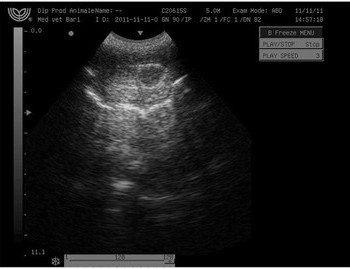
A review of castration in male animals and emerging alternatives
Traditionally, castration (removal of the testes) was used to prevent male animals from reproducing. The neutering of male dogs is a common example. More recently,

Traditionally, castration (removal of the testes) was used to prevent male animals from reproducing. The neutering of male dogs is a common example. More recently,

The COVID-19 pandemic has impacted healthcare around the world — including veterinary care for pets. To reduce transmission and comply with shelter-in-place orders, many veterinary
Calcium chloride (CaCl) has been used as a nonsurgical alternative to castrating male dogs and cats. Dr. Raffaella Leoci of the University of Bari in
Pet owners are hearing more and more about the potential for negative health impacts of traditional spay and neuter. Since most pet sterilization surgeries remove
Planning to spay or neuter your pet? There are many options in addition to traditional surgical sterilization practices. The decision depends on your pet and
In a creative twist on the recent news about water and chemical compounds found on Mars, Animals 24-7 urges more widespread coverage of Calchlorin, calcium
The word about Calchlorin nonsurgical pet neuter has begun to spread and more people are using it. To encourage transparency and sharing of information, the

Two long-term research studies pinpoint optimal sterilant for inexpensive, safe and effective nonsurgical neuter in dogs. The results have the potential for significant impact on

Press release April 29, 2015 U.S. Northwest rescue organization presents first U.S. results in cats to win “Timmy Prize” for data collection on calcium chloride
We have a winner for the first “Timmy Prize” for data collection on the use of Calchlorin. A veterinarian and shelter in Northwest USA won
And if you don’t find a match there, this slightly more complex clinical trials finder includes studies sponsored by companies as well:
